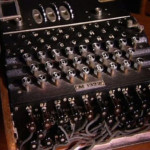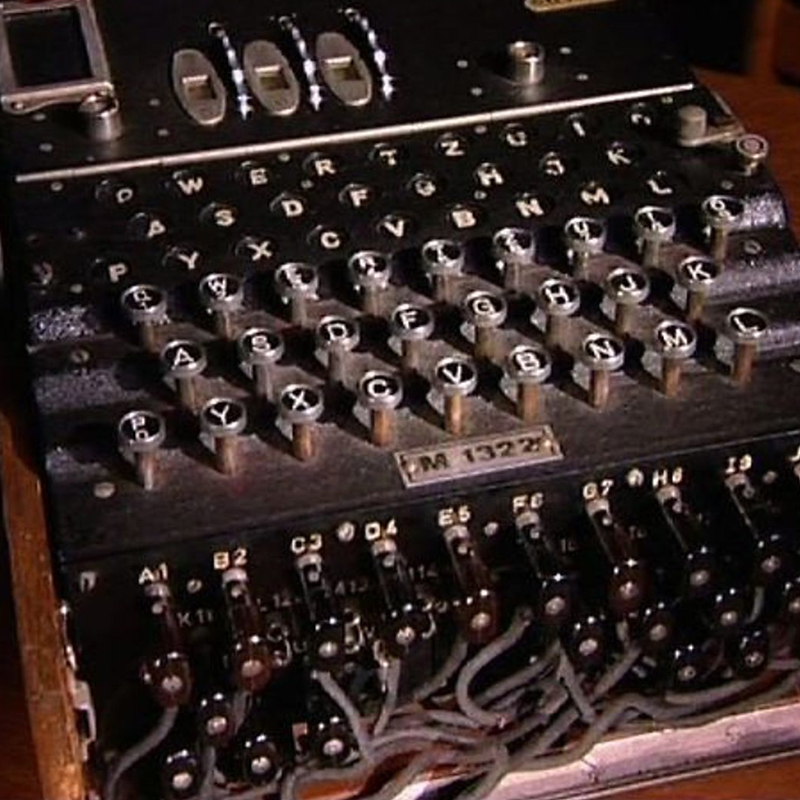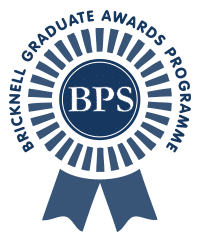The Enigma Machine

The Enigma Machine was an advanced cipher or coding machine, developed in Germany after World War I. The Germans mistakenly believed the Allies would not be able to break the codes.
The Enigma Machine
- The machine was used to send top secret messages. It used a system of replacing one letter with another, and sent the messages using a standard Morse code transmitter.
- A team of code breakers, mathematicians and electronics experts was set up to break the codes. Some of the team was skilled at chess, crossword puzzles and ancient writing.
- The team was known as the Government Code and Cipher School. It was based in several huts in the grounds of Bletchley Park, a mansion near Milton Keynes.
- One of the most well-known code breakers was Alan Turing. Turing devised several techniques to break German codes and was awarded the OBE by King George VI in 1945.
- The knowledge learned from breaking the Enigma Machine codes was known as ‘ultra’. It helped the Allies to prepare for the D-Day invasion and to shorten World War II by several years.
- The Allies found it very difficult to decipher the codes, often going for months without doing so. The German Navy’s enigma messages were not deciphered for 4 years, from 1937 to 1941.
- About 100,000 Enigma Machines were made. After World War II, the British and American governments sold some of the captured Enigma Machines.
- Today, Bletchley Park is a museum, and has several Enigma Machines, as well as other computing exhibits.
- Enigma Machines can also be seen in the Science Museum and several museums in the US.
- The 2014 film The Imitation Game is based on the life of Alan Turing.





